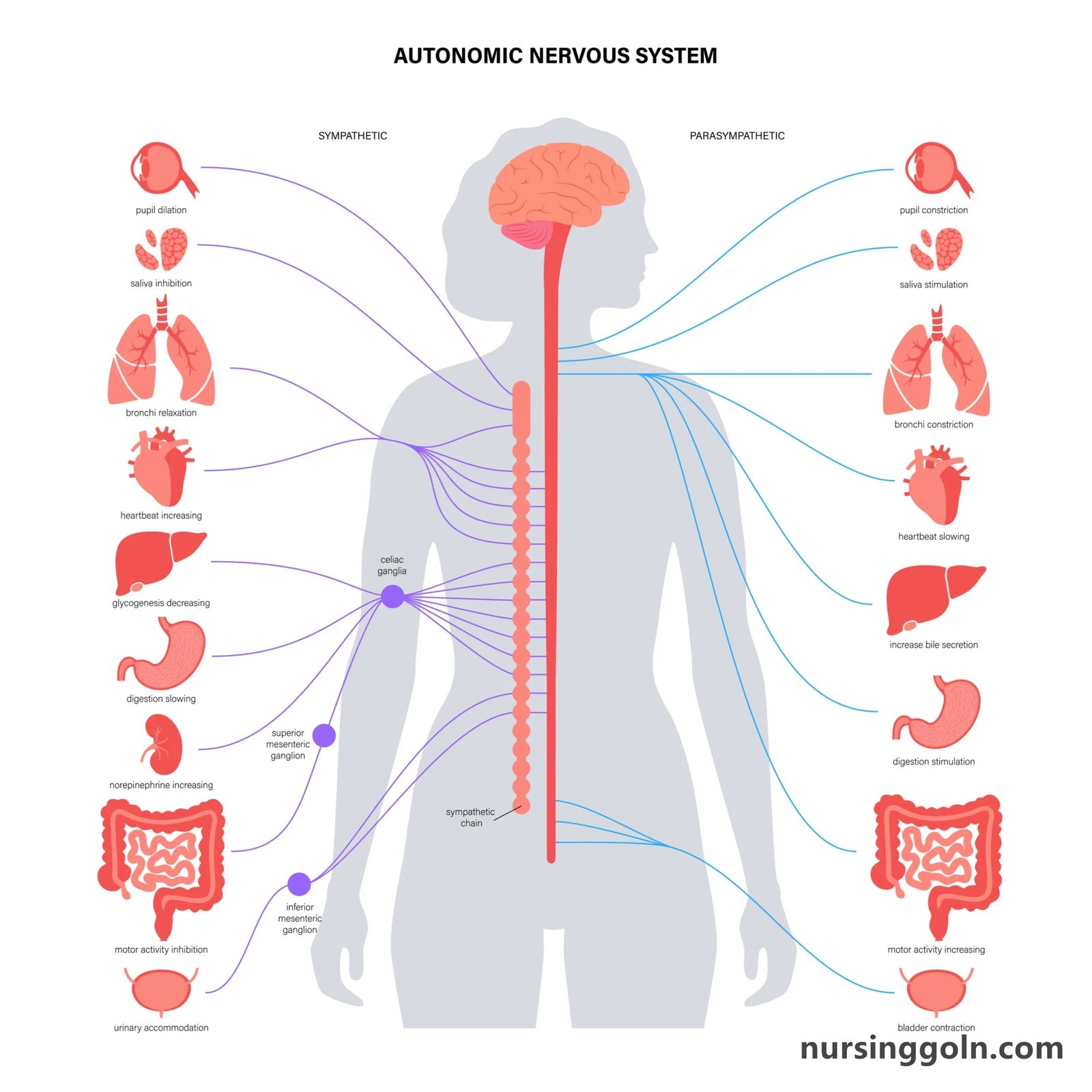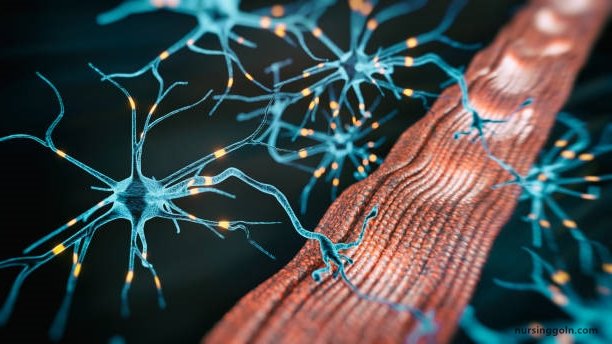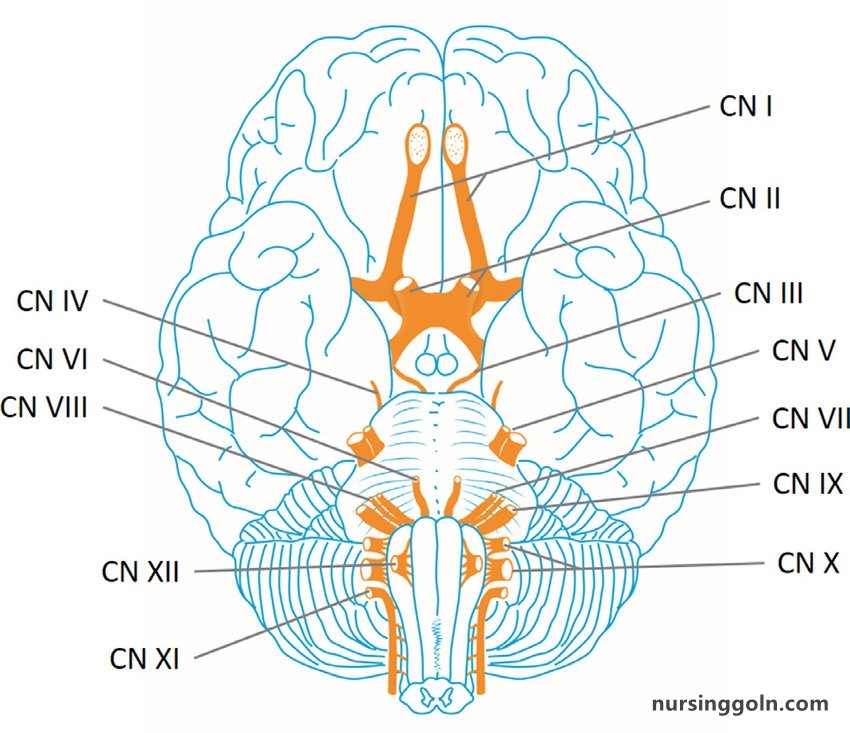Today our topic of discussion is ” The Sensory and Motor Exams “. The human body, an unparalleled marvel, thrives on a seamless interaction between sensing its environment and responding to it. At the heart of this dynamic interplay lie the sensory and motor systems, whose intricate mechanics are decoded through the Sensory and Motor Exams, integral components of the neurological examination. This article delves deep into these examinations, casting light on their significance, methodology, and broader implications.

The Sensory and Motor Exams: The Neurological Exam
1. Introduction: The Confluence of Sensation and Movement
Our sensory and motor functions work in tandem to help us interact with the world around us. While our sensory systems gather information, our motor systems process and act on this data. The Sensory and Motor Exams are designed to ensure that these essential functions are working optimally.
2. The Sensory Exam: Deciphering the Language of Sensation
The sensory examination seeks to assess the integrity of the body’s sensory pathways, determining any abnormalities in sensation.
2.1 Types of Sensation
- Superficial Sensations: These include touch, pain, and temperature. Testing typically involves using cotton wool, a sharp object, or cold metal.
- Proprioception: This relates to the awareness of body position. Testing often involves moving a patient’s finger or toe up and down and asking the patient to identify the direction of movement.
- Vibration: Using a tuning fork to assess an individual’s ability to perceive vibratory sensations.
- Stereognosis and Graphesthesia: Checking the ability to recognize objects by touch alone or recognize numbers/letters drawn on the skin.
2.2 Dermatomes and Sensory Distribution
Dermatomes are skin areas innervated by sensory nerve fibers from a single spinal nerve root. Understanding dermatomal distribution can help localize sensory deficits.

3. The Motor Exam: Unraveling the Mechanics of Movement
The motor examination is structured to gauge muscle function, strength, tone, and other associated characteristics.
3.1 Muscle Inspection
Before delving into active tests, it’s important to inspect muscles for:
- Atrophy: A decrease in muscle size.
- Fasciculations: Involuntary muscle twitches.
- Spasms: Sudden, involuntary muscle contractions.
3.2 Muscle Tone
Muscle tone refers to resistance felt when a limb is passively moved:
- Hypertonia: Increased resistance, often seen in conditions like spasticity or rigidity.
- Hypotonia: Decreased resistance, a characteristic of conditions like muscular dystrophy.
3.3 Muscle Strength
Strength testing generally involves pitting the muscle or muscle group against resistance and rating it on a scale from 0 (no movement) to 5 (full strength).
3.4 Coordination and Gait
Tests like the finger-to-nose test or heel-to-shin test evaluate coordination while observing a patient’s walk can provide insights into gait abnormalities.
3.5 Reflexes
Reflexes are involuntary responses to stimuli. Commonly tested reflexes include the biceps, triceps, patellar, and Achilles reflexes.

4. Clinical Implications
Abnormal findings in the Sensory and Motor Exams can hint at a plethora of conditions:
- Peripheral Neuropathies: Often present with sensory deficits and sometimes motor weakness.
- Spinal Cord Injuries: Depending on the location, can lead to varied sensory and motor abnormalities.
- Stroke: Might result in hemiparesis or sensory deficits on one side of the body.
- Parkinson’s Disease: Manifests with rigidity, bradykinesia, and other motor symptoms.
5. Bridging Sensation and Movement: A Holistic Approach
In the context of the broader neurological examination, the Sensory and Motor Exams are more than isolated assessments. They are interwoven, reflecting the symbiotic relationship between sensation and action. For instance, proprioceptive deficits can impact motor function, causing unsteady movements.

6. Conclusion: A Dance of Sensation and Action
Our interactions with the world are a delicate dance between sensation and action. The Sensory and Motor Exams, essential components of the neurological assessment toolkit, enable clinicians to understand and interpret this dance. Through these evaluations, they discern the whispers of the nervous system, ensuring that it continues its rhythmic flow in harmony with the world it navigates.
Read more:
